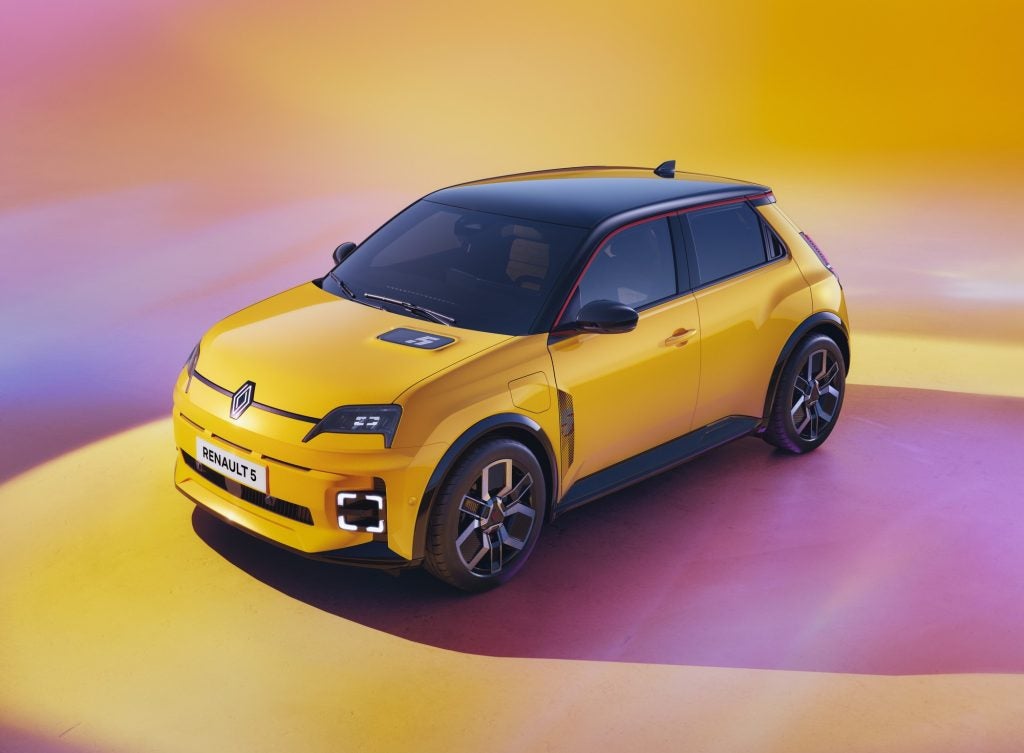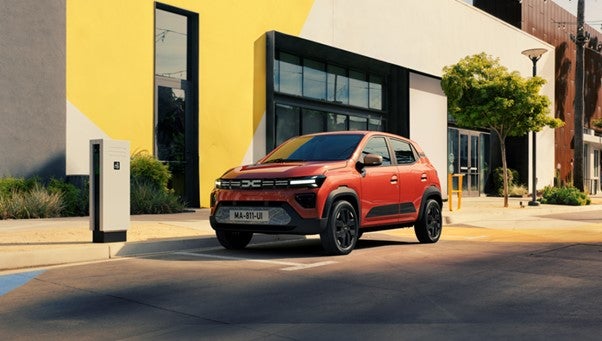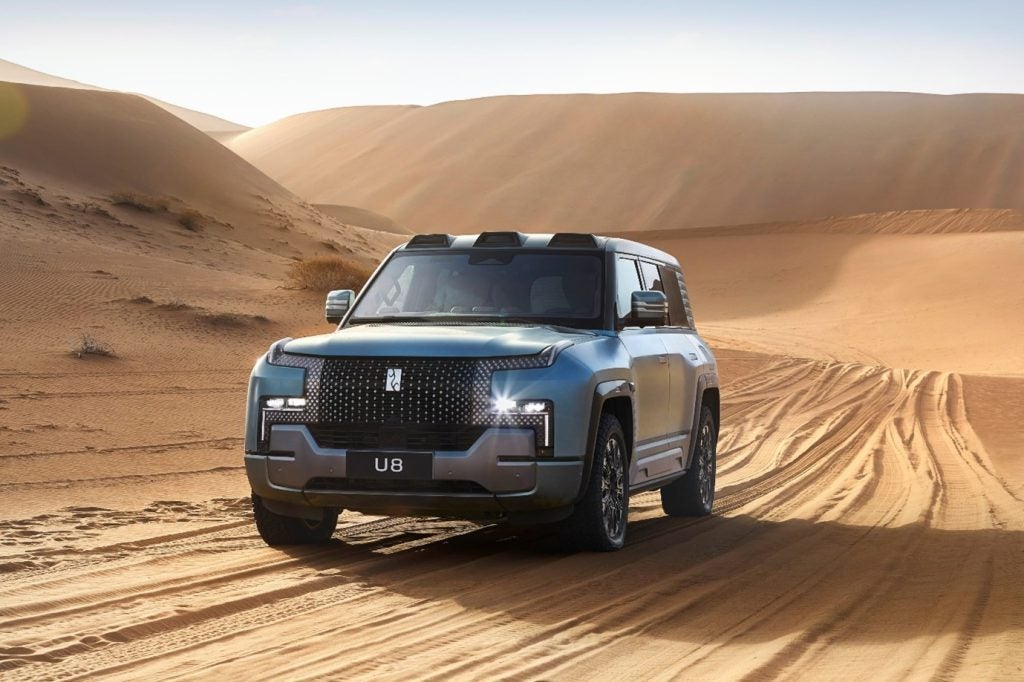 Automakers used this week’s Geneva Motor Show to introduce a variety of new models to Europe. just-auto.com deputy editor Graeme Roberts picks out a few favourites.
Automakers used this week’s Geneva Motor Show to introduce a variety of new models to Europe. just-auto.com deputy editor Graeme Roberts picks out a few favourites.
Suzuki is the latest automaker to blur the distinction between a five-door hatchback and a mini-MPV. Its new Liana looks remarkably like Honda’s latest five-door Civic and Fiat’s Stile. And then there’s the latest Toyota Corolla, already out in Japan but about a year away from Europe. All have higher roof lines than five-door hatches used to have, which brings a higher seating position and exterior styling not very much different from popular mini-MPVs like Renault‘s five-seat Scenic and GM Europe’s seven-seat Opel/Vauxhall Zafira.
 |
The Suzuki Liana |
The Suzuki Liana is an encouraging sign that this Japanese company is finally learning how to style cars, and their interiors, in a way that will appeal to European buyers. The Liana made its Geneva debut only a few months after its Japanese launch and is offered in Europe with 1.3 or 1.6-litre twin cam 16-valve engines, manual or automatic transmission and, with the larger engine, four-wheel drive.
The interior features an unusual symmetrical dashboard with LCD digital instrument read-out and an air conditioner that adjusts the compressor cut-out temperature according to ambient and cabin temperatures to improve fuel consumption. The Liana is also the latest car to use LCDs in place of conventional bulbs – in this case for the front indicator lamps.
Despite its resemblance to the relatively unsuccessful Picnic predecessor, Toyota is insisting its Avensis Verso MPV (minivan) is an all-new design. Conceived initially in Europe – at Toyota’s ED2 centre in the south of France – the Japanese-built model seats up to seven adults. On sale in Europe this summer, it will be offered with five, six or seven seats, in two or three rows, and a choice of either a 2.0-litre VVT-i petrol engine or a 2.0-litre high pressure, common rail diesel. Petrol engined models will be available with either manual or automatic transmission.
 |
Toyota’s Avensis Verso |
Seats in the second and third rows can be folded, tumbled or removed entirely to create additional load carrying capacity while front seats recline and slide. Second and third row seats can act as tables. The Avensis Verso has “a unique underfloor storage area in the boot”, taking luggage capacity to 282 litres with all three rows of seats installed.
How well do you really know your competitors?
Access the most comprehensive Company Profiles on the market, powered by GlobalData. Save hours of research. Gain competitive edge.

Thank you!
Your download email will arrive shortly
Not ready to buy yet? Download a free sample
We are confident about the unique quality of our Company Profiles. However, we want you to make the most beneficial decision for your business, so we offer a free sample that you can download by submitting the below form
By GlobalDataTwo other practical family haulers made their first motor show appearances: Ford’s Mondeo and Citroen’s C5 station wagons.
Renault has been drip-feeding information about its Avantime “coupe” to the media for months and finally showed off production-ready cars at Geneva. This unusual merger of European style MPV and two-door coupe looks stunning in the metal but whether the quirky vehicle will sell in numbers remains to be seen. You have to admire Renault’s bravery in launching it when the car finally goes on sale this September at around EUR40,000 ($US37,400). Huge double-hinged doors with no centre pillars give access to the Avantime interior which has a conventional – for Renault – Espace-like dashboard with centre-mounted digital instrument display.
 |
The Renault Avantime |
Renault says the combination of a one-square-metre sunroof opening (the industry’s largest) and the lack of a centre pillar gives an unprecedented amount of light in a closed car cabin. An “open air” control simultaneously opens the windows and sunroof “creating those feelings generally found only in a cabriolet”. For those times when the sun becomes too much, the sunroof glass incorporates an infra-red filter and there is a reflective windscreen, and air conditioning with dual zone temperature control and a solar radiation sensor.
The Avantime has a huge boot, reached through one of the most complex hatchback door shapes ever seen and will be powered by a three-litre, 24-valve V6 engine through a six-speed manual gearbox. Reflecting the lack of priority the French give to self-shifters, a five-speed adaptive automatic will “eventually” be offered and a four-cylinder, two-litre, 16-valve engine is also on the way.
 |
The VW Passat W8 |
Until now, the VAG group has left the sale of prestige eight-cylinder cars to Audi. With the introduction of the unusual Passat W8, that changes. The W, or twin-V, cylinder layout results in a very compact four-litre engine just 42cm long and 70cm tall and wide – easily shoehorned into a body originally designed for I4 and V6 engines. The cylinder banks are offset at 72 degrees and the engine delivers its 202kW through a six-speed manual gearbox and VW’s familiar 4Motion all wheel drive system. A five-speed automatic is optional. The manual version will reach 60mph in just over six seconds and top speed is electronically reined in to 155mph. Just the thing for a German autobahn. Looking much like any other top-specification Passat, but with loads of extra equipment, the leather-and-wood trimmed W8 goes on sale later this year in both saloon and estate car forms at prices expected to start at around $US45,000 in Europe.
Skoda’s Montreux is also Passat-based. Though billed a ‘design study’, the show car’s immaculate panel fit and finely finished interior furnishings suggested a greater state of production-readiness than the company was willing to admit. “The Montreux signifies a return to the Skoda tradition of producing prestige cars,” said the press kit, suggesting that the green light is not far away. In the meantime, the Czech company has launched a saloon version of its acclaimed Fabia, acknowledging that not every European market prefers the alternative hatchback and estate formats.
 |
Skoda’s Montreux |
Chrysler chose no less a personage than its president and CEO Dieter Zetsche to drive the new Jeep Cherokee (Liberty in the U.S.) on stage for its first viewing under European motor show spotlights. The all-new replacement for the ageing but still popular first generation Cherokee (b.1983) will be exported to Europe at the rate of some 30,000 a year. Export buyers will be offered a 2.4-litre petrol four, a 2.5-litre turbodiesel and manual transmission as alternatives to the new 3.7-litre petrol V6 and four-speed automatic preferred across the Atlantic.
There seems to be just one problem: the previous Cherokee had a lift-up tailgate ideally suited to all markets. The new model has a split affair with flip-up rear window and lower door side-hinged on the left. That’s fine for left-hand drive markets but not so good in right-hand-drive countries like the UK and Australia. Nevertheless, the new Cherokee, re-engineered from stem to stern with its Army Jeep-look nose, new engines, suspension and a much-improved interior, attracted generally favourable comment from the assembled press. With the exception of the German gent standing next to just-auto.com who muttered: “Looks too much like a Japanese Tonka Toy for me.”
To view related research reports, please follow the links below:- |






